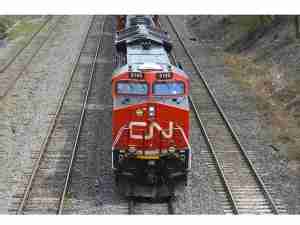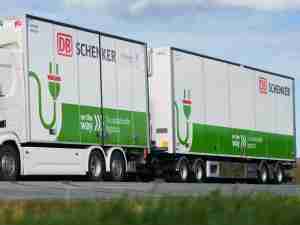Testifying before the Senate Committee on Commerce, Science & Transportation’s Subcommittee on Transportation and Safety, Chicago Metropolitan Agency for Planning (CMAP) Executive Director Joseph Szabo spoke to the early success of the FAST Act’s freight program and the need to increase funding in the law’s reauthorization. Likewise, given its unique role supporting commerce, freight investment should be a hallmark of any large-scale infrastructure bill that Congress develops.
“Public investment in our nation’s multimodal freight infrastructure is chronically inadequate to meet the system’s demands,” said Szabo. “In my region, the U.S. Department of Transportation (USDOT) awarded CREATE’s 75th Street Corridor Improvement Project $132 million through the INFRA program’s most recent funding round. The funds will combine with $342 million from other CREATE partners to pay for the first portion of this project to separate several freight and passenger rail lines. While benefits will begin to accrue upon completion of the first portion, $474 million represents less than half the funds needed to complete both portions of the project. INFRA is a critical tool for nationally significant freight projects, such as CREATE, but the program is currently oversubscribed while needs continue to grow. In its most recent FY17/18 round, the INFRA grant program saw $12 in unique requests for every $1 available.” Representing both CMAP and the Coalition for America’s Gateways & Trade Corridors (CAGTC) at today’s hearing, Szabo noted one-fourth of the nation’s freight rail traffic and nearly half of all intermodal trains pass through Chicago. But the rail lines, built over a century ago, were not built for the volumes nor the types of freight being carried today. Nationally, the multimodal freight network directly supports 44 million jobs and impacts every American’s quality of life. The system moves roughly 63 tons of freight per person annually; meanwhile, the U.S. population is expected to increase by 70 million by 2045. This population growth presents both challenges and opportunities: to capitalize on a growing 21st century consumer base and workforce, our infrastructure network must be up for the task.
“I commend the Committee and its leadership for their continued focus on improving freight infrastructure,” said CAGTC Executive Director Elaine Nessle. “Producers, importers and exporters rely on the efficiency of freight hub communities across the nation to move their products safely, dependably and efficiently. While the benefits of goods movement frequently occur nationally, negative impacts – such as congestion, diminished quality of life, and decreased safety – are felt locally. This financial burden cannot be shouldered by states, localities and the private sector alone. Federal commitment to driving an investment plan is essential.”








